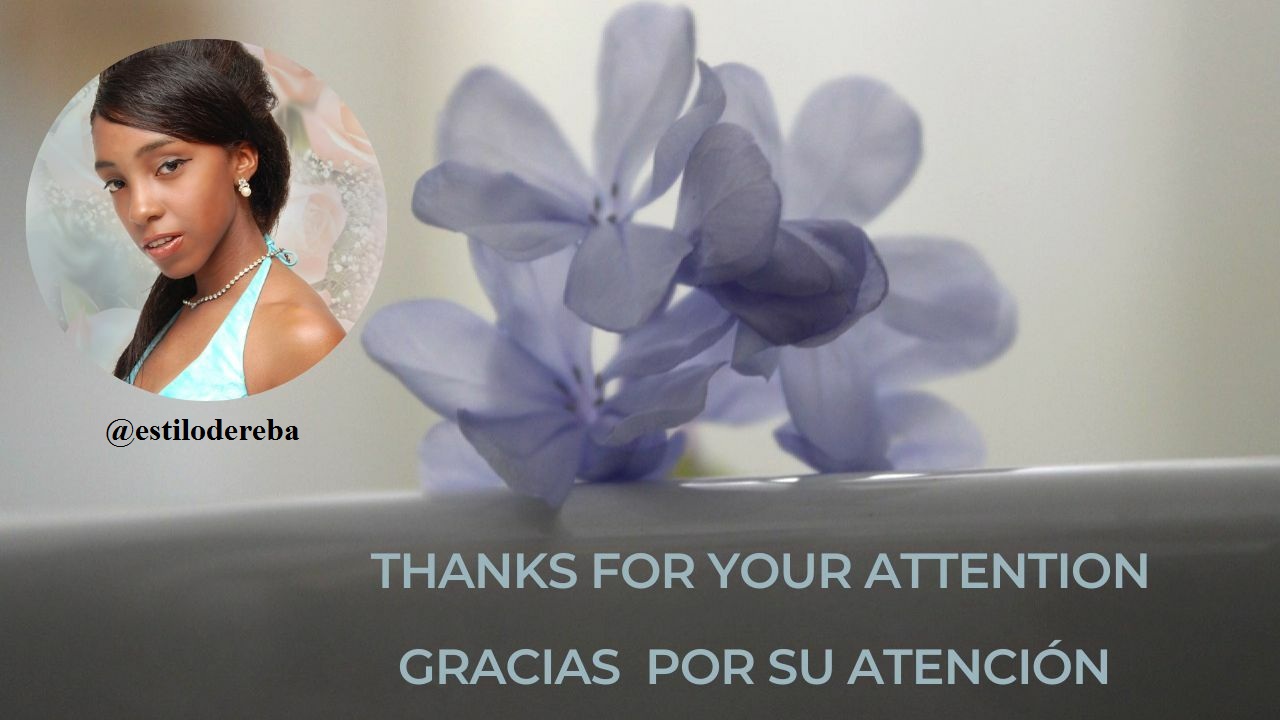English

Hello everyone. Do you like art? I am fascinated by visiting interesting exhibitions, especially those that tell a captivating visual story. This is one of those cases. In the Guanabacoa art gallery in Cuba, there is a group exhibition titled New Pines. All the works are truly suggestive, but the paintings depicting frogs caught my attention even more.

The artist behind this unique series is David Pomier, a Cuban creator whose distinctive style intrigues me: anthropomorphic frogs expressing complex emotions and human situations, set in dreamy and surreal scenarios. One of the paintings, where frogs gather around a fire, reminded me of a fantastic story I wrote more than seven years ago about frogs discovering fire. I wrote it for a friend who thought fantasy was boring and silly, wanting to prove otherwise. Seeing that artist’s illustration kept me staring at it for hours, evoking that memory with a smile.

The frogs in the painting have very expressive red eyes, wear clothes, and act as if they were human; I love this unusual detail. Also, the depiction of the night and Cuba’s natural and urban landscapes is very well executed, reflecting a life cycle. But why did the artist choose to represent the natural cycle of life through humanized frogs? I believe Pomier aims to capture the viewer’s attention by transforming something as ordinary as the continuity of life into a creative expression. This not only attracts the eye but also gives greater depth to his message.

The message is quite clear: through the frogs, the artist illustrates the personal and collective struggle of human beings (we can see frogs working in the field). He also addresses the complexity of our romantic and family relationships (frogs around a table and fatherly figures protecting other frogs). Pomier’s amphibian world reflects our own human vulnerabilities, but it does so in a fantastic way.








The entire exhibition invites reflection on how art can play with duality and create parallel worlds. Another painting that drew attention was by Wilkie Villazón, as some thought it was a caricature of Leonardo da Vinci’s idealized proportion; however, it is actually what he calls a portrait of Kim Jong-un, the president of North Korea.

In short, art is a powerful way to create community, emotional connection, and deep reflections on life and ourselves. I hope you enjoyed it.
Español

Sociedad Antropomórfica de Pomier
Hola a todos. ¿Les gusta el arte? A mí me fascina visitar exposiciones interesantes, especialmente aquellas que cuentan una historia visual cautivadora. Este es uno de esos casos. En la galería de arte de Guanabacoa, Cuba, se encuentra una exposición colectiva titulada Nuevos Pinos. Todas las obras son realmente sugestivas, pero las pinturas que representan ranas capturaron aún más mi atención.

El artista detrás de esta singular serie es David Pomier, un creador cubano cuyo estilo único me llama la atención: ranas antropomórficas que expresan emociones complejas y situaciones humanas, situadas en escenarios oníricos y surrealistas. Una de las pinturas, en la que las ranas se agrupan alrededor de un fuego, me recordó a una historia fantástica que escribí hace más de siete años sobre ranas descubriendo el fuego. La escribí para un amigo que consideraba que la fantasía era aburrida y estúpida, y quería demostrarle lo contrario. Ver esa ilustración del artista me dejó contemplándola por horas, evocando aquel recuerdo con una sonrisa.

Las ranas en la pintura tienen ojos rojos muy expresivos, visten ropa y actúan como si fueran humanas; este detalle inusual me encanta. Además, la representación de la noche y los paisajes naturales y urbanos de Cuba está muy bien lograda, reflejando un ciclo vital. Pero, ¿por qué el artista eligió representar el ciclo natural de la vida a través de ranas humanizadas? Creo que Pomier busca captar la atención del espectador al transformar algo tan cotidiano como la continuidad de la vida en una expresión creativa.Esto no solo atrae la mirada, sino que también otorga mayor profundidad a su mensaje.

El mensaje es bastante claro: a través de las ranas, el artista ilustra la lucha personal y colectiva del ser humano (podemos ver a las ranas trabajando en el campo). También aborda la complejidad de nuestras relaciones amorosas y familiares (las ranas alrededor de una mesa y las figuras paternas protegiendo a otras ranas). El mundo anfibio de Pomier refleja nuestras propias fragilidades como seres humanos, pero lo hace de una manera fantástica.








La exposición completa invita a reflexionar sobre cómo el arte puede jugar con la dualidad y crear mundos paralelos. Otra pintura que llamó la atención fue la de Wilkie Villazón, ya que algunos pensaron que era una caricatura de la proporción idealizada de Leonardo da Vinci; sin embargo, en realidad es lo que él denomina un retrato de Kim Jong-un, el presidente de Corea del Norte.

En definitiva, el arte es una forma poderosa de crear comunidad, conexión emocional y reflexiones profundas sobre la vida y nosotros mismos. Espero que les haya gustado.
Translation by deepl
Pictures are mine

